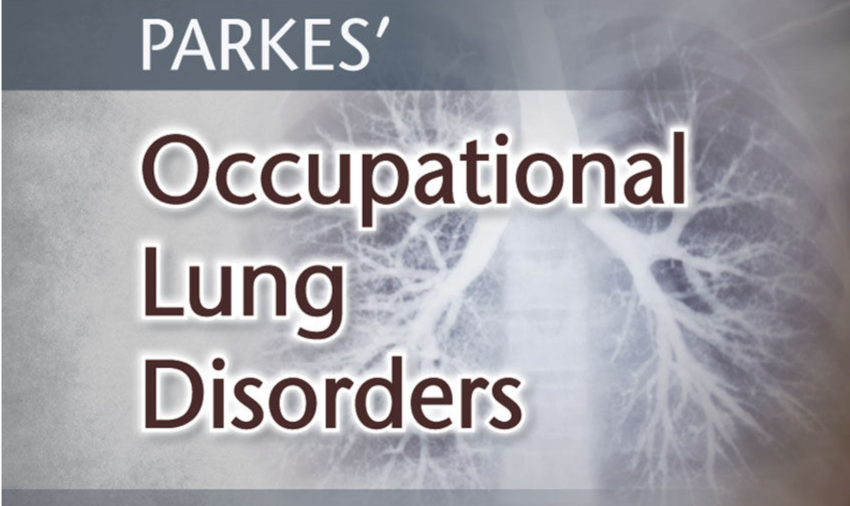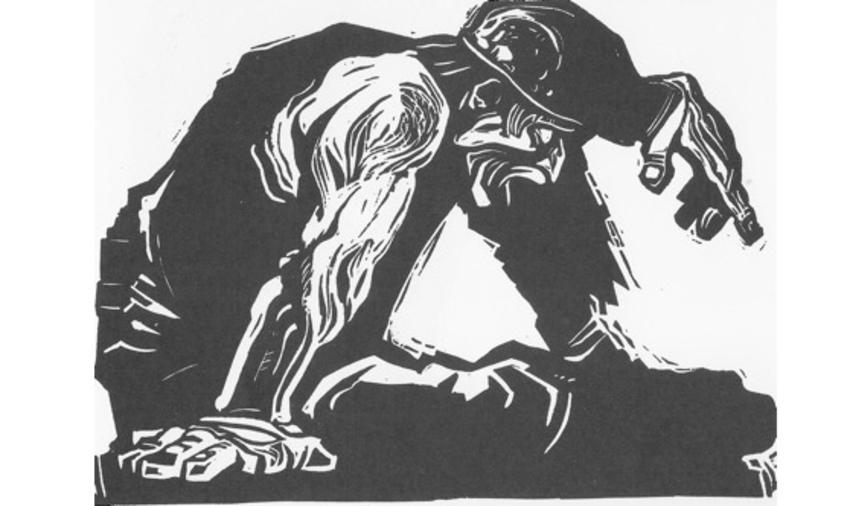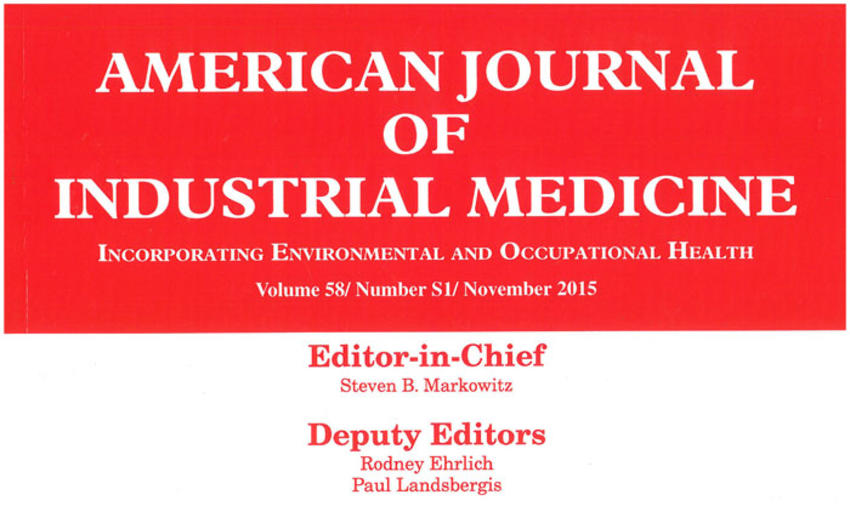A new important publication

 Actualité Sciences Po
Actualité Sciences Po
Paul-André Rosental wrote the introduction of this authoritative text on occupational lung disorders, built upon the fundamentals, including clinical, epidemiological, and predictive approaches. It discusses interstitial and malignant diseases, airways diseases, and other respiratory issues, such as diving, working at high altitudes, and abnormal sleep conditions. It also covers related long-term conditions, such as asthma and COPD. This edition has been completely revised and brought up to date for all physicians dealing with pulmonary disorders caused by the environment or the workplace.
Dust to Dust

 Noel Counihan, The cough…stone dust, 1947 © Estate of Noel Counihan
Noel Counihan, The cough…stone dust, 1947 © Estate of Noel Counihan
There is a renewed interest among historians in occupational diseases, “biopolitics”, political economy and social movements. Yet to date there is no academic book exploring the history of silicosis – a disease whose history raises important issues in all of these areas – from a truly transnational perspective. The existing literature is either entirely national in focus, or else collections of separate national monographs.
Dust to Dust: a World History of Silicosis, directed by Paul-André Rosental, will soon fill this important gap in the historiography. Focusing on the history of silicosis since the 19th century, it is the outcome of an experiment in the collective writing of world history. It is the fruit of a collaboration between a distinguished team of social, economic and public health historians, and two physicians. They are specialists in eleven countries located on five continents.
The manuscript, which has been accepted by the Johns Hopkins University Press and will soon be published, combines transnational and comparative history with in-depth archival knowledge of the different countries covered. Rather than a collection of separate national essays, the chapters are fully integrated and provide both breadth and depth in their global coverage of silicosis.
AJIM special issue on silicosis

 American Journal of Industrial Medecine
American Journal of Industrial Medecine
We are very pleased to announce the new publication of From silicosis to silica hazards: an experiment in medicine, history and the social sciences, edited by Paul-André Rosental (Sciences Po), Paul Blanc (UCSF) and David Rosner (Columbia University).
Special issue of American Journal of Industrial Medicine, 58, S1
In 1995 the International Labour Organisation (ILO) and World Health Organisation launched a campaign to eliminate silicosis, based on the notion that the knowledge and means required for its elimination were within our reach. Despite this vision, silicosis is still very much with us, whether in the epidemic form identified in the Chinese or in the South African mining industry, in less visible epidemic form in a multitude of small operations in India or in outbreaks in novel settings. At the political level, current efforts in the US to reduce the risk of silicosis and other silica related diseases have been stalled by representatives of corporate interests.
The persistence of this ancient hazard and the complex relationship between silica and silicosis and other diseases associated with them, is reflected in ongoing research interest in the subject. A perusal of published English literature reveals an increased number of mechanistic studies exploring inflammatory pathways and genetic markers, continuing interest in complications such as lung cancer and autoimmune disease, and a plethora of silicosis case studies and industry surveys particularly from developing countries. A parallel history literature makes clear that how a society defines and compensates silicosis, and occupational disease more generally, is as much socially determined as biomedically defined.
This conjunction of social and scientific processes makes silicosis a rich seam for interdisciplinary research. To this end, researchers associated with the Centre l'Etudes Européennes at Sciences Po, have chosen to shine a light on the international conference held in Johannesburg in 1930. The conference was to be highly influential in securing international expert agreement on the nosology and etiology of silicosis, and paved the way for inclusion of silicosis in an ILO convention on compensation for occupational diseases four years later. But it also closed medical research avenues, which are currently reopening, 85 years later.
To tackle these issues, this special issue suggests at least three levels of exploration. It combines:
- institutional history—the illumination of conflicting aims and agendas of the participants and organizing entities of the 1930 conference;
- history of medical or scientific ideas—in this case, the lasting influence of decisions made at the conference on biomedical conceptualization of silica and silicosis, specifically, the authors argue, a narrowing influence which remains with us today.
- a third level which is perhaps the most ambitious. This involves adopting, as it were, a counterfactual position to the one that emerged from the conference, and refocusing, through epidemiological and laboratory investigation using modern techniques, on silica as an agent with etiological effects across a wider spectrum of pulmonary and systemic disease than the one “truncated” in 1930.









